| Structure | Name/CAS No. | Articles |
|---|---|---|
 |
sodium chloride
CAS:7647-14-5 |
|
 |
Ethanol
CAS:64-17-5 |
|
 |
sodium dodecyl sulfate
CAS:151-21-3 |
|
 |
SODIUM CHLORIDE-35 CL
CAS:20510-55-8 |
|
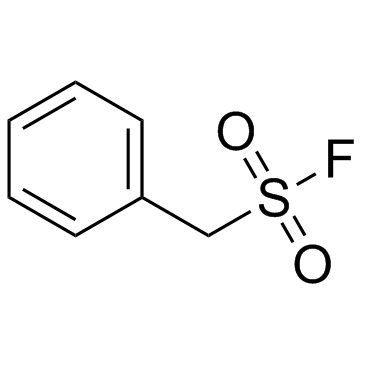 |
PMSF
CAS:329-98-6 |
|
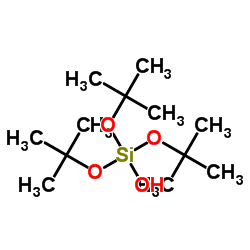 |
Tris(2-methyl-2-propanyl) hydrogen orthosilicate
CAS:18166-43-3 |
|
 |
DMBA
CAS:57-97-6 |
|
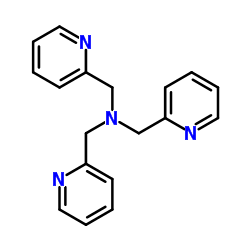 |
Tris(2-pyridylmethyl)amine
CAS:16858-01-8 |
|
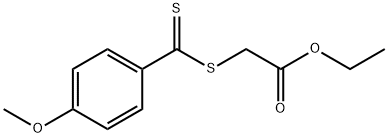 |
Ethyl 2-((4-methoxyphenylcarbonothioyl)thio)acetate
CAS:129841-40-3 |
|
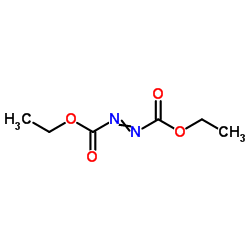 |
dead
CAS:1972-28-7 |